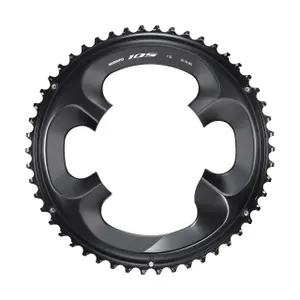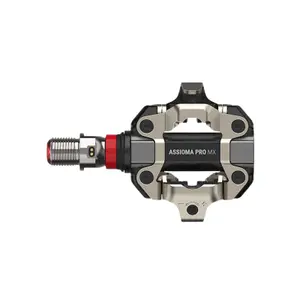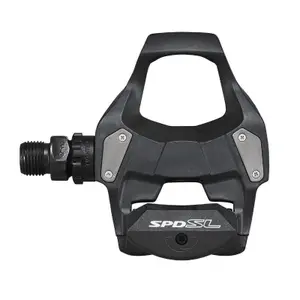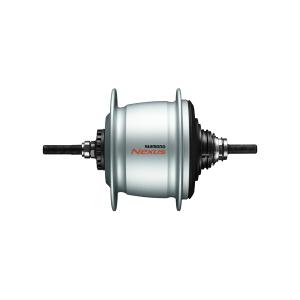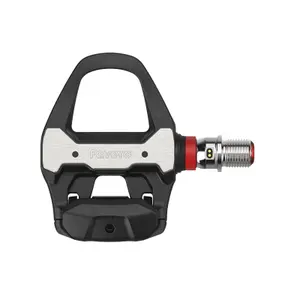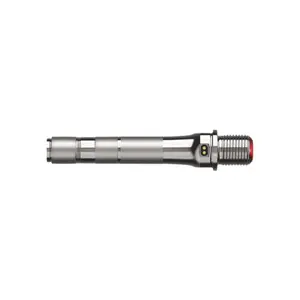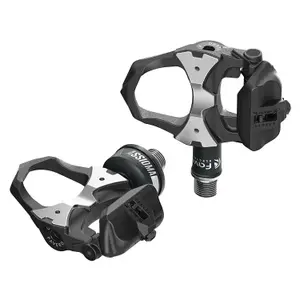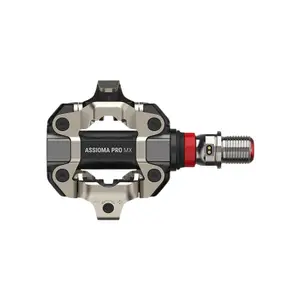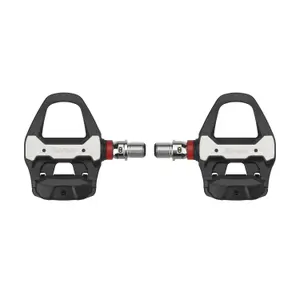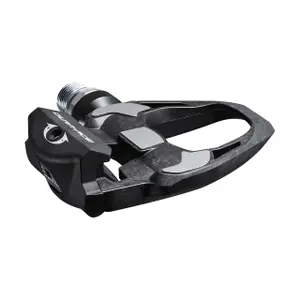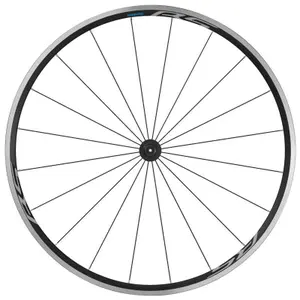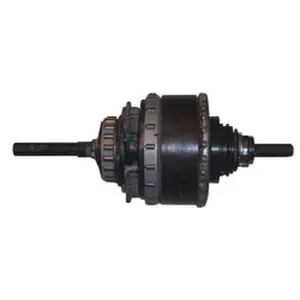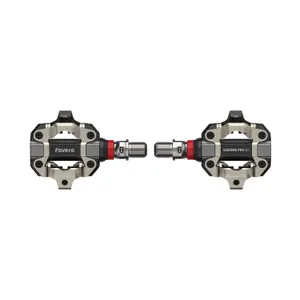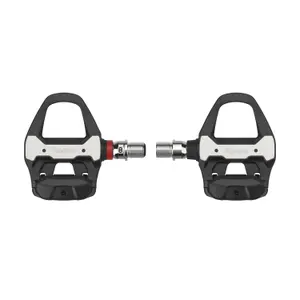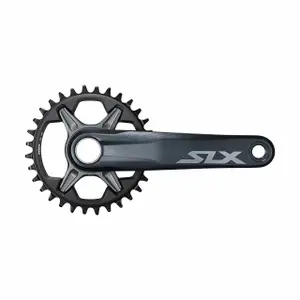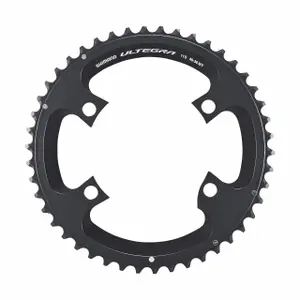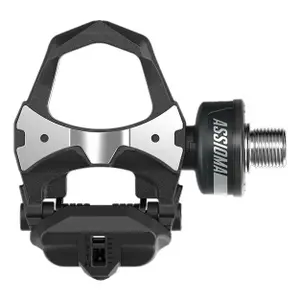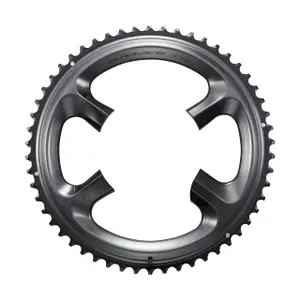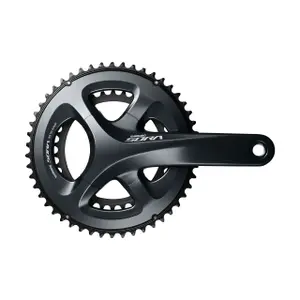Find 1000's of Spare Parts for all Bikes. Wheels, Brakes, Pedals & Transmissions
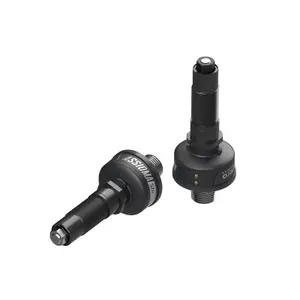
Starting at £521.41
£417.83
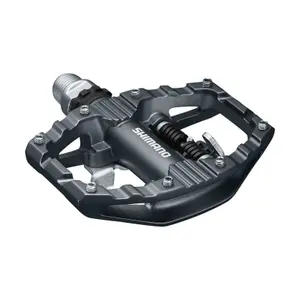
In this category you'll find all bicycle-related spare parts, including wheels, pedals, suspensions and a whole host of tools !
Bicycle Transmission: At the Heart of Cycling Performance
A bicycle's drivetrain is a complex and essential system that directly influences performance, efficiency and riding comfort. Comprising several key parts such as the crankset, chain, derailleurs and cassettes, the transmission is responsible for transferring power from the rider to the wheels, enabling movement and adaptation to different terrains and inclines. Bicycle parts manufacturers compete in ingenuity to offer ever lighter, stronger and more precise transmission systems, meeting the needs of cyclists of all levels, from leisure to competition.
Bicycle drivetrain technology innovations, such as electronic groupsets, has revolutionized the way cyclists interact with their bikes. These systems enable faster, smoother gear changes and require less maintenance than their mechanical counterparts, offering an enhanced riding experience. What's more, fine-tuning the drivetrain can have a significant impact on fuel efficiency, enabling riders to conserve energy over long distances or on difficult climbs.
Component compatibility is an important consideration crucial when upgrading or replacing drivetrain parts. Cyclists need to ensure that new components are compatible with the rest of their equipment to guarantee optimum performance and avoid damage. This includes consideration of chain size, number of gears on the cassette, and type of derailleur, underlining the importance of choosing quality spare parts suited to your bike.
Bicycle brakes: Optimized safety and control
Brakes are among the most critical components for cyclist safety, offering the control needed to navigate a variety of riding conditions with confidence. Bicycle braking systems have improved considerably over time, from traditional pad brakes to hydraulic and mechanical disc brakes, offering superior stopping power and better all-weather performance.
Disc brakes, in particular, have become the standard for a wide variety of bikes, from city models to high-end mountain and road bikes. Their main advantage lies in their ability to deliver constant, powerful braking force, even in wet or muddy conditions, where pad brakes can lose effectiveness. What's more, disc brakes reduce the risk of overheating and rim wear, thus extending wheel life.
Choosing the right type of brakes for your bike depends on a number of factors, including riding style, bike type, and the conditions in which it will primarily be used. Cyclists should also consider brake maintenance, as hydraulic disc brakes require less frequent adjustment than mechanical systems, but may require specialist knowledge for repairs.
By incorporating state-of-the-art drivetrains and advanced braking systems into their setup, cyclists can not only improve their performance and riding experience, but also ensure greater safety and control of their bike. The bicycle parts market continues to evolve, offering an ever wider range of innovative components designed to meet the growing demands of cycling enthusiasts worldwide.

